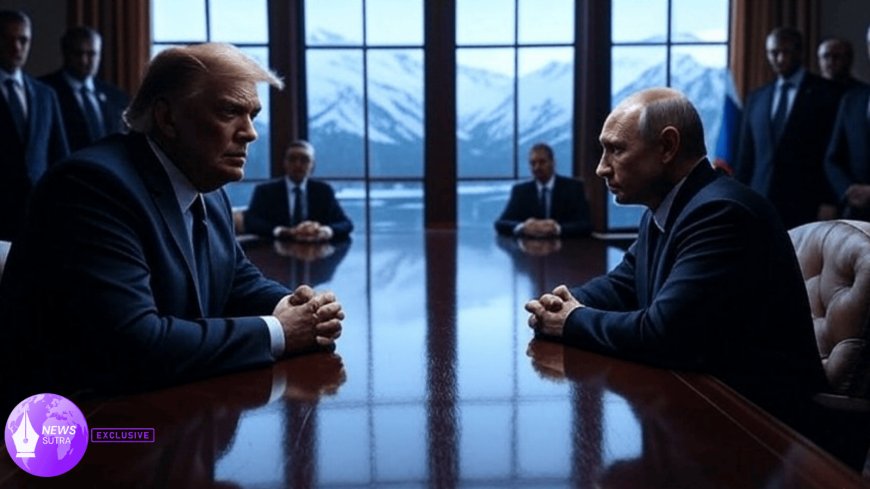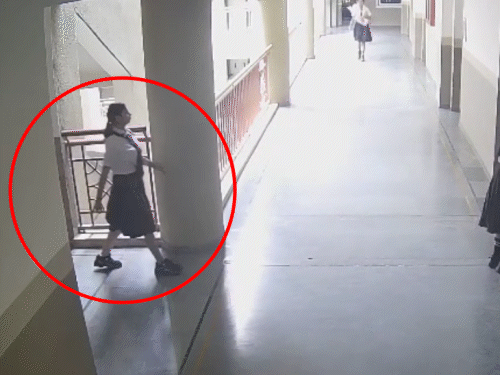Trump-Putin Alaska Summit: Decoding Body Language and Hidden Agendas in U.S.-Russia Relations
Inside the Trump-Putin Alaska Summit: A detailed analysis of body language, hidden agendas, and implications for Ukraine and U.S. foreign policy.

When U.S. President Donald Trump and Russian President Vladimir Putin met on August 17, 2025, in Alaska, the summit was framed publicly as a “strategic dialogue.” Yet beneath the handshakes, photo ops, and carefully worded press releases, seasoned observers noticed something more—body language and subtle gestures that hinted at unspoken dynamics and possible concessions over Ukraine.
This wasn’t just a bilateral meeting; it was an exercise in performance, signaling, and power projection. The question remains: what did the summit really reveal about the future of U.S.-Russia relations?
The Summit Setting: Why Alaska Matters
Choosing Alaska as the meeting ground was more than symbolic. For the United States, Alaska is the closest state to Russia, separated by less than 55 miles across the Bering Strait. Analysts say the location reinforced Trump’s narrative of negotiating from a position of geographic proximity and shared Arctic interests.
“Alaska was a stage,” explained Dr. Evelyn Carter, a senior fellow at the Wilson Center. “The choice sends a message to Europe that Washington is willing to reset terms directly with Moscow, without relying on NATO mediation.”
Breaking Down the Body Language
The Handshake (Timestamp 0:01)
Observers noted that Trump extended his hand first, gripping tightly and pulling Putin slightly forward. This move suggested an attempt at dominance, though Putin maintained eye contact and an immovable posture, countering with stillness.
The Sit-Down (Timestamp 0:07)
Both leaders leaned forward, but while Trump gestured frequently with his hands, Putin clasped his fingers tightly, indicating guardedness. Former diplomats say this reflected a classic negotiation posture: Trump signaling flexibility, Putin signaling control.
The Smile Exchange (Timestamp 0:12)
Putin’s restrained half-smile contrasted with Trump’s broader grin. Psychologists interpret this as Putin projecting skepticism while Trump emphasized warmth—likely to appeal to domestic and international audiences watching closely.
Hidden Agendas: Ukraine in the Shadows
While the official agenda focused on Arctic cooperation and arms control, aides confirmed that Ukraine dominated private discussions. According to one European diplomat briefed on the sidelines, Trump hinted at supporting limited autonomy for eastern Ukrainian regions under international oversight—a position that, if true, could mark a major policy shift.
Analysts caution against jumping to conclusions. “Putin excels at extracting concessions without putting anything concrete on the table,” noted Professor James Whitfield of the Brookings Institution. “The body language shows Trump wanted a deal badly. Whether he got one is another matter.”
Historical Parallels
Comparisons were quickly drawn to the 1986 Reykjavik Summit between Ronald Reagan and Mikhail Gorbachev. Like then, the Alaska meeting mixed dramatic symbolism with unresolved policy disputes. Yet unlike Reagan, Trump appeared less interested in arms treaties and more focused on short-term political optics.
AI-Assisted Analysis: What the Cameras Picked Up
A video analysis conducted by independent researchers at Georgetown University employed AI to track microexpressions during the summit. Findings revealed that Trump displayed repeated “surprise” microexpressions when Putin discussed NATO troop deployments, suggesting he may not have been fully briefed on certain intelligence.
Putin, meanwhile, showed signs of “contempt” microexpressions when Arctic resource-sharing was mentioned—perhaps signaling disinterest in compromise over energy claims.
What This Means for U.S. Foreign Policy
-
Ukraine Negotiations Could Shift – Subtle cues suggest Trump may be open to partial concessions, though no treaty is imminent.
-
Europe Left on the Sidelines – By excluding NATO from center stage, the U.S. risks alienating allies in Poland and the Baltics.
-
Arctic Competition Intensifies – Both leaders are clearly positioning for dominance in future Arctic trade and energy corridors.
Voices from Former Diplomats
Richard Hall, a retired U.S. ambassador, offered this perspective:
“Diplomacy isn’t just about what’s said—it’s about what’s unsaid. Watching Trump and Putin, you could sense two leaders locked in a psychological chess game. The challenge for Washington now is ensuring that any gestures of goodwill don’t weaken its strategic leverage in Ukraine.”
Conclusion
The Trump-Putin Alaska Summit was less about concrete agreements and more about signals—some public, others hidden in plain sight. Body language, microexpressions, and symbolic gestures revealed a complex dance of power and perception.
As the world waits for the next moves in Ukraine, one thing is certain: the Alaska meeting will be remembered not just for what was said, but for what the cameras caught—and what the silence implied.
What's Your Reaction?
 Like
0
Like
0
 Dislike
0
Dislike
0
 Love
0
Love
0
 Funny
0
Funny
0
 Angry
0
Angry
0
 Sad
0
Sad
0
 Wow
1
Wow
1






































































